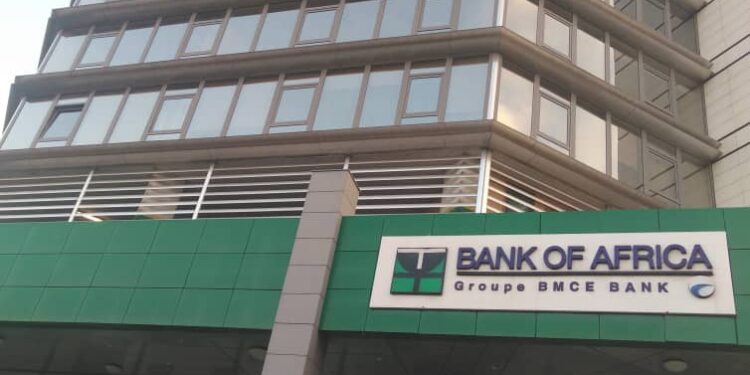Bank of Africa records 106% YoY decline in liquidity ratio at end-Q3 2022
Bank of Africa (BoA) Ghana on a year-on-year basis recorded a decline of 106 percentage points in its liquidity ratio.
The bank’s liquidity ratio dropped from 279% in Q3 2021 to 173% in Q3 2022.
The decline in liquidity ratio indicates a weakening in the bank’s ability to meet or satisfy current liabilities given its current assets.
Despite the significant drop in the bank’s liquidity ratio, the bank has enough current assets to meet or satisfy current liabilities, given the fact that its liquidity ratio is still above one (1).
Liquidity ratio is a strict measure of a business ability to meet existing liabilities given its existing current assets.
Businesses with liquidity ratios above one (1) are mostly preferred by investors as it indicates that the business, in the event of a sudden collapse, will have enough assets to settle its liabilities, especially those owed investors.
Within the review period, total assets value of the bank grew from GHS 2.8bn in Q3 2021 to GHS 3.6bn in Q3 2022.
Increments in BoA’s cash and cash equivalents (GHS 533m), loans and advances to customers (GHS 1.04bn) and investment securities (GHS 1.6bn) accounted for the rise in total assets value.
Liabilities within the review period also increased from GHS 2.1bn in Q3 2021 to GHS 2.9bn in Q3 2022.
Liabilities of the bank was mainly driven by deposits from customers which accounted for GHS 1.6bn of the bank’s total liabilities.
Capital Adequacy Ratio (CAR) of BoA at end-Q3 2022 stood at 32%.
The recorded CAR for Q3 2022 represents a 10 percentage points decline in the bank’s adequacy ratio on a year-on-year (yoy) basis as against the 42% percent CAR posted for Q3 2021.
Despite the decline in CAR, BoA is more than capable of making provisions to cover potential losses incurred due to bad loans and protect depositors’ funds.
The capital adequacy ratio (CAR) is a measurement of a bank’s available capital expressed as a percentage of a bank’s risk-weighted assets and liabilities.
Capital Adequacy Ratios mandate that a certain amount of the deposits be kept aside whenever a loan is being made. These deposits are kept aside as provisions to cover up the losses in case the loan goes bad.
Recorded profit for end-Q3 2022 stood at GHS 59m, marginally above the GHS 50m profit recorded in Q3 2021.








